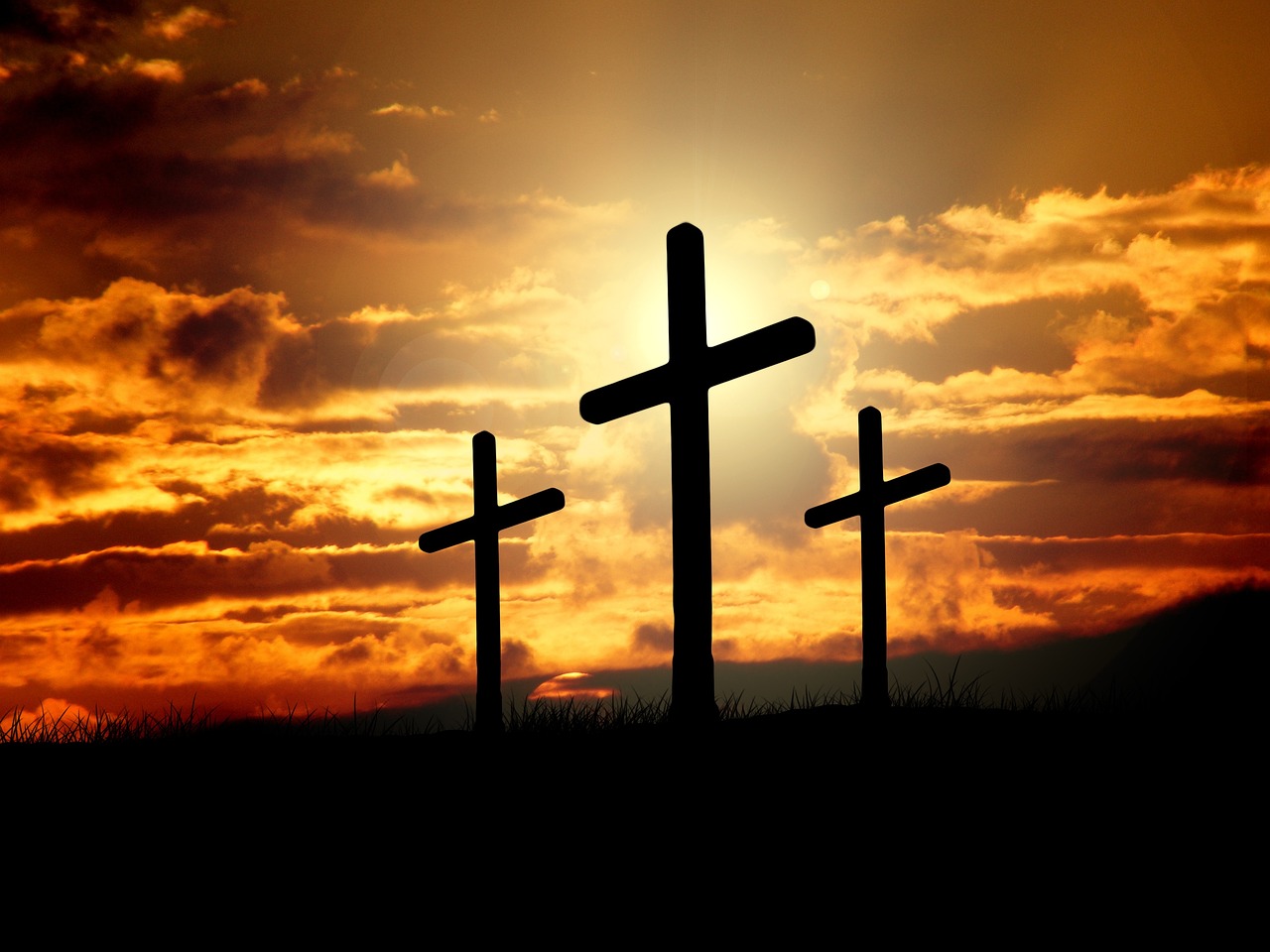Throughout history, man’s inhumanity to man has manifested in various ways: the Trail of Tears, the Holocaust, and brutal executions such as crucifixion.

We sometimes glorify the cross as a beautiful symbol. Symmetrical. A lovely collection of cross décor on our walls. Jewelry we wear to show what we believe. Decals on the car.
But to move through the Lenten Season and truly understand what it meant for Jesus to complete his mission, we must pay attention to the horror of crucifixion. When we know what Jesus suffered for us, we can be more grateful for how he died.
Dr. Cahleen Shrier, associate professor in the department of biology and chemistry at Azuza University, presents an annual lecture: The Science of Crucifixion. Based on historical data during the time period of Christ’s death, Dr. Shrier lists the following:
- In the Garden of Gethsemane, Jesus sweat drops of blood. This condition, hematohidrosis, breaks down the capillaries that feed into the sweat glands. The result is that the skin becomes more tender, which would later exacerbate the pain Jesus suffered.
- Pilate ordered Jesus to be flogged, whipped with leather strips that contain metal balls and sheep bone. The flogging left Jesus’s back in ribbons. His blood pressure plummeted, so his body went into shock. Extreme thirst was a natural response to this loss of blood.
- The crown of thorns, pushed into Jesus’s head, caused more blood loss. It also likely affected the facial nerves, causing pain in the neck and head.
- The Persians designed crucifixion between 300-400 BC. Usually reserved for slaves, revolutionaries, and vile criminals.
- The victim was thrown to the ground where dirt mixed with his blood.
- His arms were stretched across the horizontal beam and spikes (7-9 inches long) were nailed into the wrists.
- His knees were bent, then his feet were nailed to the bottom of the T-frame cross.
- As he was lifted, the weight of the body dislocated the shoulders and elbows. Talk to any athlete who has suffered a dislocated shoulder. They will tell you about the excruciating pain.
- To breathe, the victim moved up and down, trying to fill the diaphragm with air. Carbon dioxide built up in the blood, and the heart beat faster. Since Jesus had already been flogged and his back opened, splinters and dirt from the wooden beam likely entered his system, causing sepsis.
- Fluid built around the heart and lungs causing more damage to the heart. In severe cases, the heart burst.
- With collapsing lungs, dehydration, a failing heart, and the inability to breathe — the victim basically suffocated or died of a heart attack.
Because Jesus was a flesh and blood human being, he suffered all of the above. The fact that he survived for approximately six hours is due to the fact that as a craftsman of wood and stone, he was in good shape. He was a young man who walked many miles with his disciples and ate a Mediterranean diet.
But crucifixion was designed to kill, and Jesus died on that cross. Add to the physical side effects, he also suffered emotionally and spiritually. An innocent victim of proud religious leaders and a culture that did not understand the purpose of his mission. Throughout decades of prophecy, the Messiah was designated as a great leader who would free his people. However, the Jews misunderstood what type of freedom Jesus would win for them.
It was not a freedom from their Roman occupation. It was not a miracle of moving them from poverty to prosperity. It was an eternal hope that would destroy forever the need to be perfect and keep all the religious laws.
The writer of Hebrews says it well, “We have been made holy through the sacrifice of the body of Jesus Christ — once for all” (Hebrews 10:10 TNIV).
Because Jesus became the perfect and final sacrifice, all people of the entire world have an opportunity to spend our eternities in a perfect environment of love and grace. The crucifixion — as horrible as it was — offered us a gift. A once-for-all-time invitation to believe in a better way.
During this Lenten Season, spend some time in gratitude. Visualize the cross, not as a beautiful symbol, but as the weapon used to kill your Savior. Listen to He Loved Me with a Cross by Larnell Harris. Then do what Jesus asked on his last night with his friends, “Remember me.”
©2023 RJ Thesman – All Rights Reserved
For an easy-to-understand manual about the love God offers, check out Uploading Faith: What It Means to Believe.
Selah…..
Agreed. Thank you.
New Mexico has no death penalty. Las Cruces (City of Crosses) is a diverse and welcoming place. Its Organ Mountains are symbolic of Psalm 121:1. Jesus is revered because he taught us the importance of unconditional love for all. His crucifixion and other acts of human brutality speak to the importance of his sacrifice for us. To show us why we must together create the kind of world God intended for us.
To ‘create the kind of world God intended for us’ – a worthy goal.
To ‘see and feel his heart as an open wound of love for me’ marks a step in humble contrition. Your moving post recalls Richard Foster’s reflective disposition in his work, ‘Humility’. Thank you.
Thank you, Jerry.